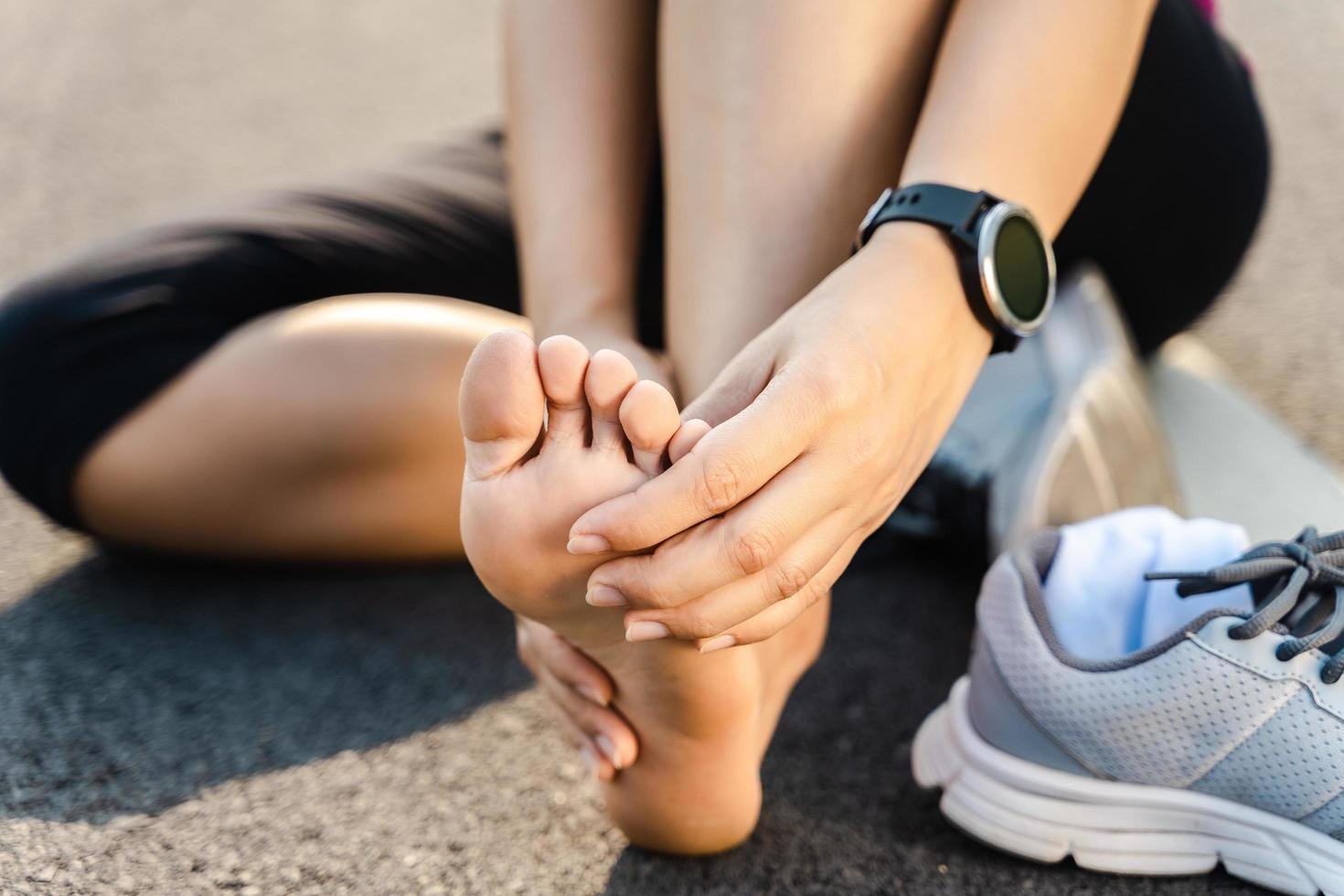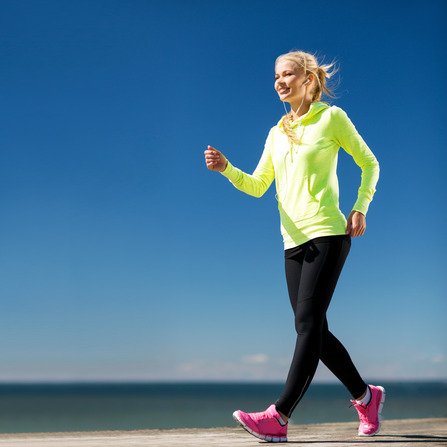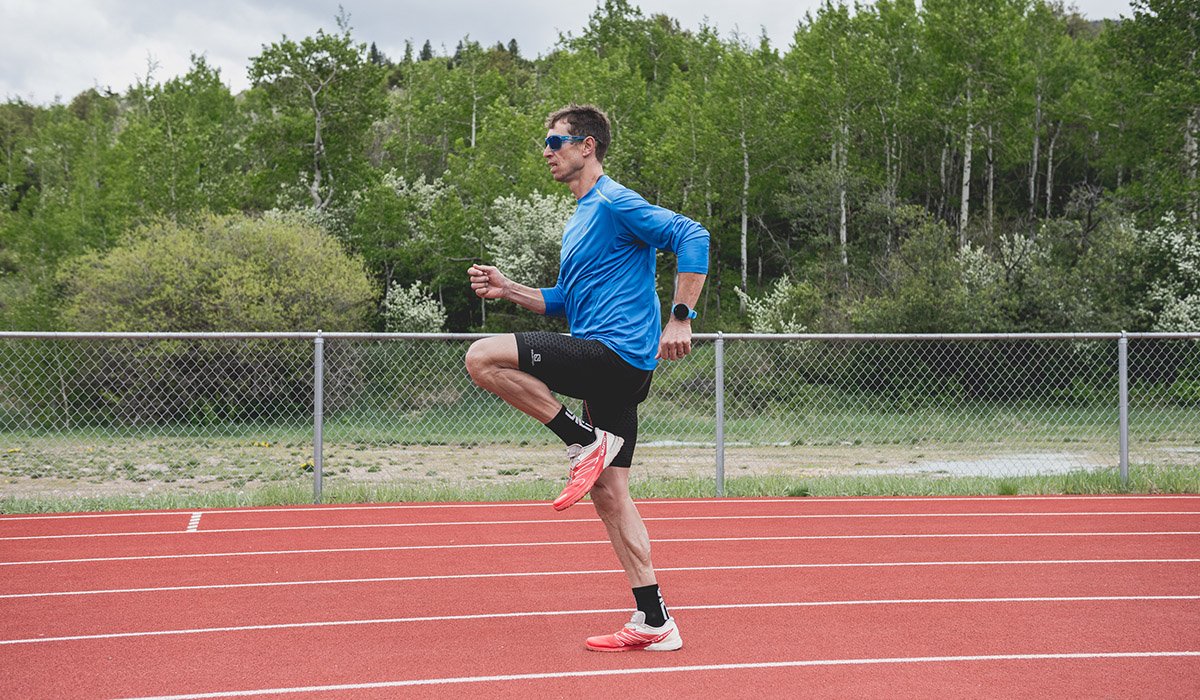
Running Injuries
Read about common injuries, risk factors and prevention strategies!
Common Injuries
More than 80% of running injuries occur from accumulated stress that associated structures (ie. feet and legs) are unable to withstand, these are referred to as overuse injuries.
Here are a few we commonly see:
Patellar Tendinopathy
Patellofemoral Pain Syndrome
Achilles Tendinopathy
IT Band Syndrome
Plantar Fasciitis
Hip and lower back pain
Shin Splints (MTSS)
Hamstring Strain
Calf Strain
Stress Fracture
Bursitis/Neuroma
Ankle Pain
Heel pain
As you can see the injury list could go on and on………. and where there’s an injury, there is PAIN! It's for this reason we strongly suggest consulting with a health professional to get an accurate diagnosis early, ensuring a speedy recovery and return to running.
Risk Factors
Risk factors can vary greatly depending on the individual and the injury, however in a broad sense the following can lead to an increased risk of injury:
No Running Experience
Higher BMI
Reduced Sleep (less than 7 hours)
Poor Diet
Previous Injury
Training Error
Gender
Older Age
Poor biomechanics
Ask one of our Podiatrists if you have questions about how you can reduce your risk of injury.
Prevention Strategies
Warm Up
The best thing you can do before going for a a run is to get moving. This can be in the form of a short warm up run or dynamic exercises/drills that actively engage muscles.
Strengthening
This is by far the most beneficial in preventing injury. Strengthening tendons and muscles increases their ability to attenuate load and therefore decreasing your risk of injury.
Static Stretching - Does it work?
In short, no.
Research studies have shown stretching prior to running does not reduce risk of injury and in some cases increased it! The Australian Ballet team has abandoned stretching all together and instead uses dynamic exercises to warm up, with rate of injury decreased since doing so.



